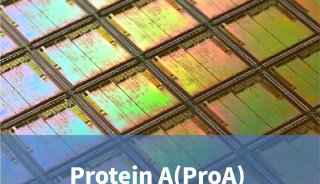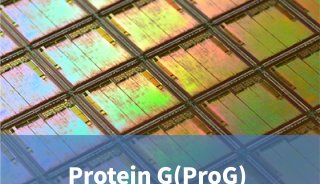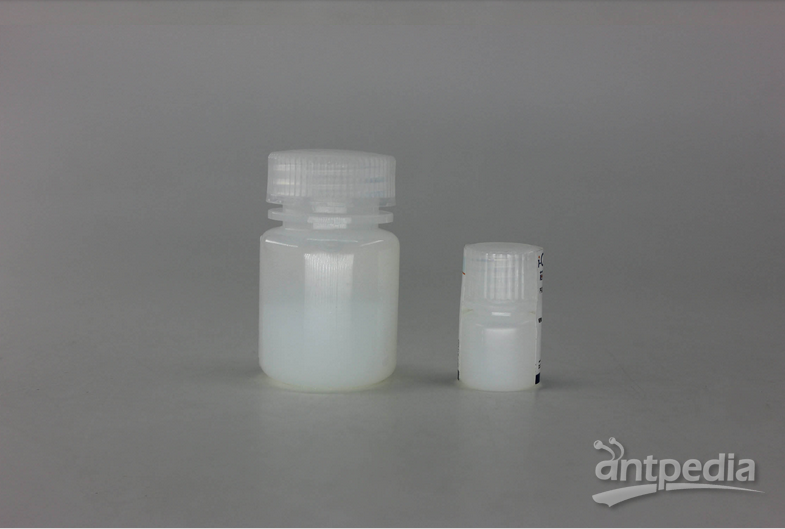Protein arginine methylation
Typical modification sites: RGG box or RXR sequence motifs R-arginine, G-glycine,
X-any aminoacid.
Enzymes catalysing protein arginine methylation: PRMT1 from rat and the human
homologue HRMT1L2, human PRMT2 (HRMT1L1), rat and human PRMT3, mouse
CARM1 (PRMT4), human JBP1 (PRMT5).
Substrates of PRMTs: In mammalian cells hnRNPs contain about 65% of the total
NG,NG-dimethylarginine found in the cell nucleus. Additionally, functionally diverse proteins are substrates for PRMT family members, including fibrillarin and nucleolin, involved in ribosomal biogenesis, histones, fibroblast growth factor, interleukin enhancer-binding factor 3 the SRC kinase adapter protein Sam68, STAT1, and EWS.
Analysis of protein arginine methylation in vivo.
1. Propagate cells of interest in normal medium corresponding to the cell type (for
typical adherent cells DMEM, 10% FCS, antibiotics). For adherent cells cell
density on the experiment day should be 50-70%.
2. Wash cells 2x with PBS and replace the medium with medium deficient in
methionine (or methionine and cysteine). For standard adherent cells - MEM
Eagle medium without methionine (GIBCO BRL), supplemented with penicillin,
streptomycin and 5% dialysed foetal calf serum for 30 min.
3. Inhibit translation by adding to the medium a cycloheximide/chloramphenicol
mixture in a final concentration of 100 μg/ml and 40 μg/ml (no-translation mix,
NTM), respectively.
4. Incubated cells with translation inhibitors for 1h before labelling as well as during
the labelling procedure. To detect methylated proteins add the methyl-group donor
L-[mehtyl-3H]methionine (Amersham) in a final of concentration 30 μCi/ml.
5. Monitor the protein translation inhibition by cell labelling with 35S-methionine
(ICN) 20 μCi/ml in parallel control plates +/- NTM.
6. Continue metabolic cell labelling for 3.5 h.
7. Wash cells 2x with PBS, harvest and lyse in buffer you like. For example middle
stringency buffer sufficient for lyses of adherent cells: NP40-1% lysis buffer (50
mM TRIS-HCl pH 8.0, 150 mM NaCl, 1% NP-40) supplemented with a protease
inhibitor cocktail tablet (Roche).
8. Identify the protein of interest by immunoprecipitation (IP) with specific antibody.
Suggested IP protocol.
a) Preclear cell lysates with protein G-sepharose.
b) Incubate 200μg of pre-cleared lysates overnight with protein G coupled to the
corresponding antibody (rotation overnight, 4°C, total IP volume 1.5 ml)
c) Wash complexes 5 times with corresponding (for example NP40-1% buffer).
Keep samples at 4°C during washing steps
d) Add of SDS-loading buffer were added to each sample (optimal 40-60 μl). Heat
samples at 95°C for 5 min and analyse by SDS-PAGE. Incubated for 1 h with H3
enhancer, for example Enlight solution (EnerGene), dry and expose to Kodak XOMAT
(AR) film at –80°C.
Do not forget important controls!
Cell lysed should be analysed in PAGE in parallel, and no signal should be
observed in samples treated by NTM and labelled by 35S-methionine
For more details about procedure and controls see: Kzhyshkowska J et al,
Heterogeneous nuclear ribonucleoprotein E1B-AP5 is methylated in its Arg-Gly-Gly
(RGG) box and interacts with human arginine methyltransferase HRMT1L1.
Biochem J. 2001 Sep 1;358(Pt 2): 305-14.




















